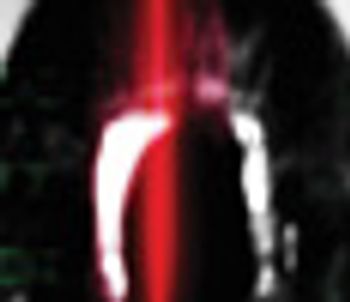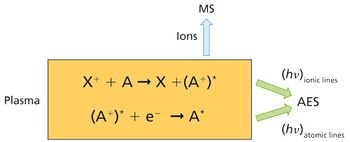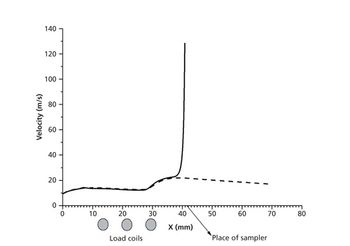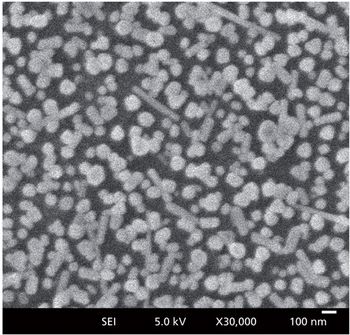
Spectroscopy
We wrap up our introduction to the theory of infrared spectral interpretation with a discussion of the correct process to follow when interpreting spectra. The author has developed this 12-step system over many years of interpreting spectra, and finds it gives him the best results. The process includes knowing how a spectrum was measured, systematically identifying peaks, and the proper use of infrared spectral interpretation aids. The answer to last column’s quiz is also disclosed.




